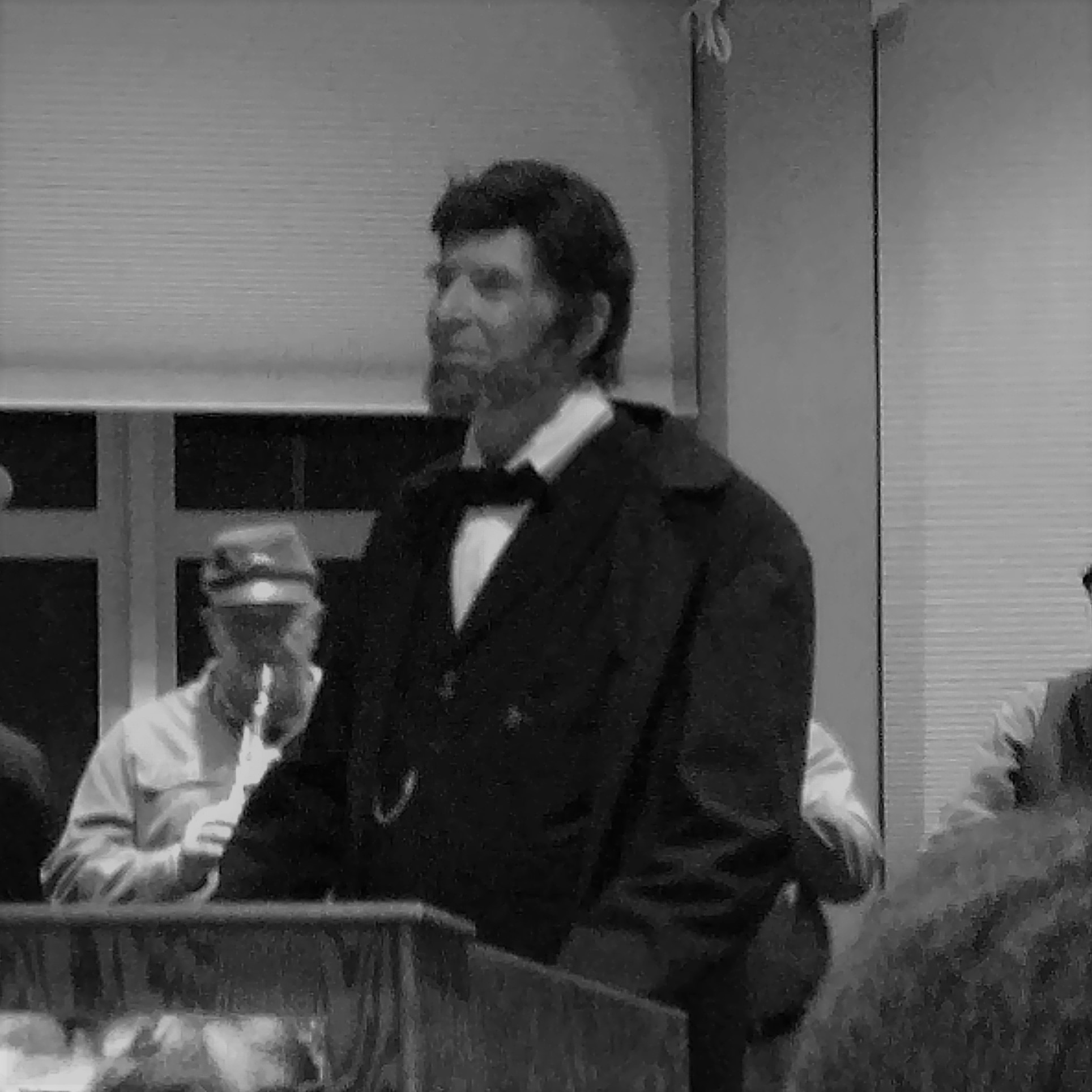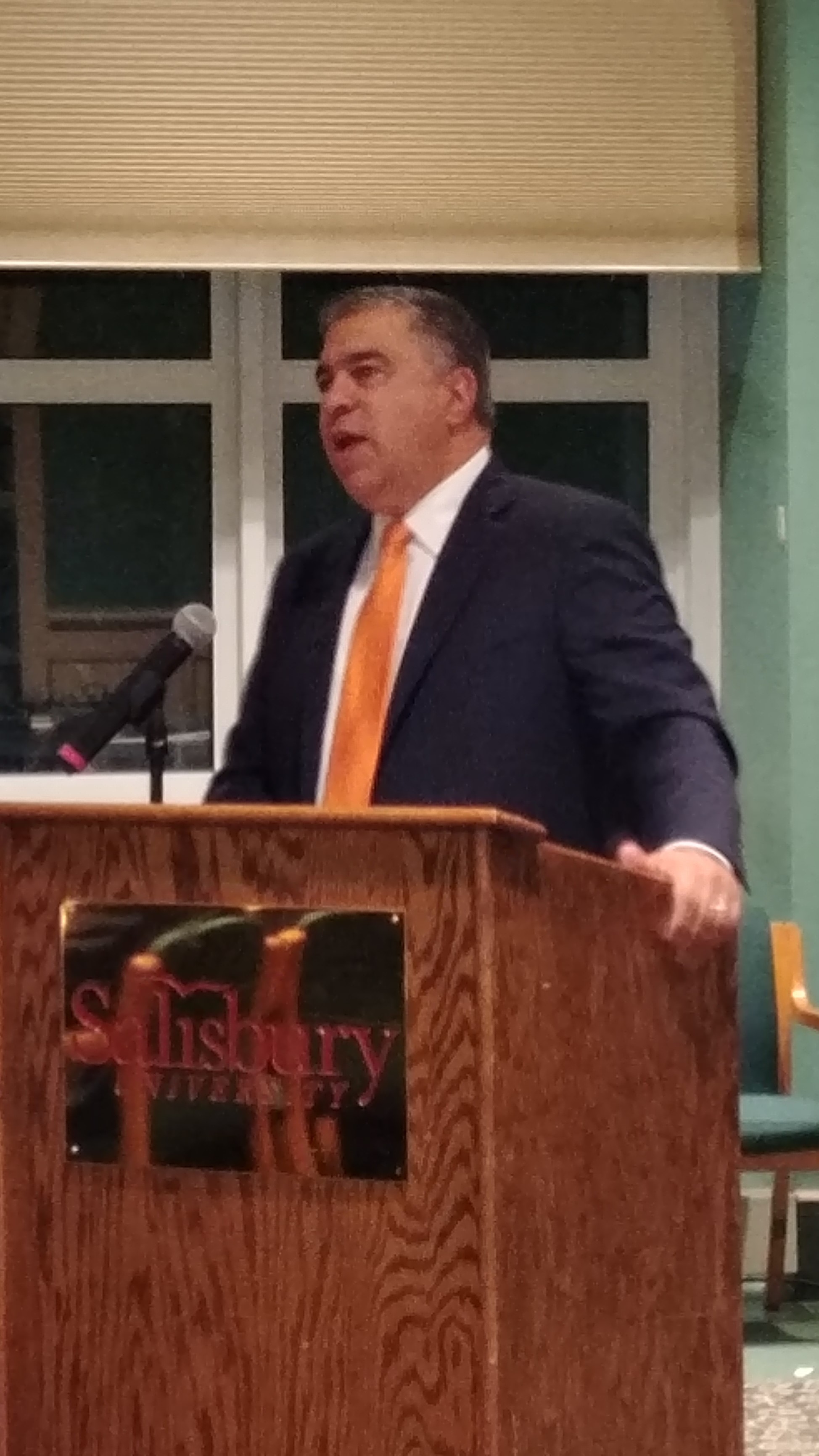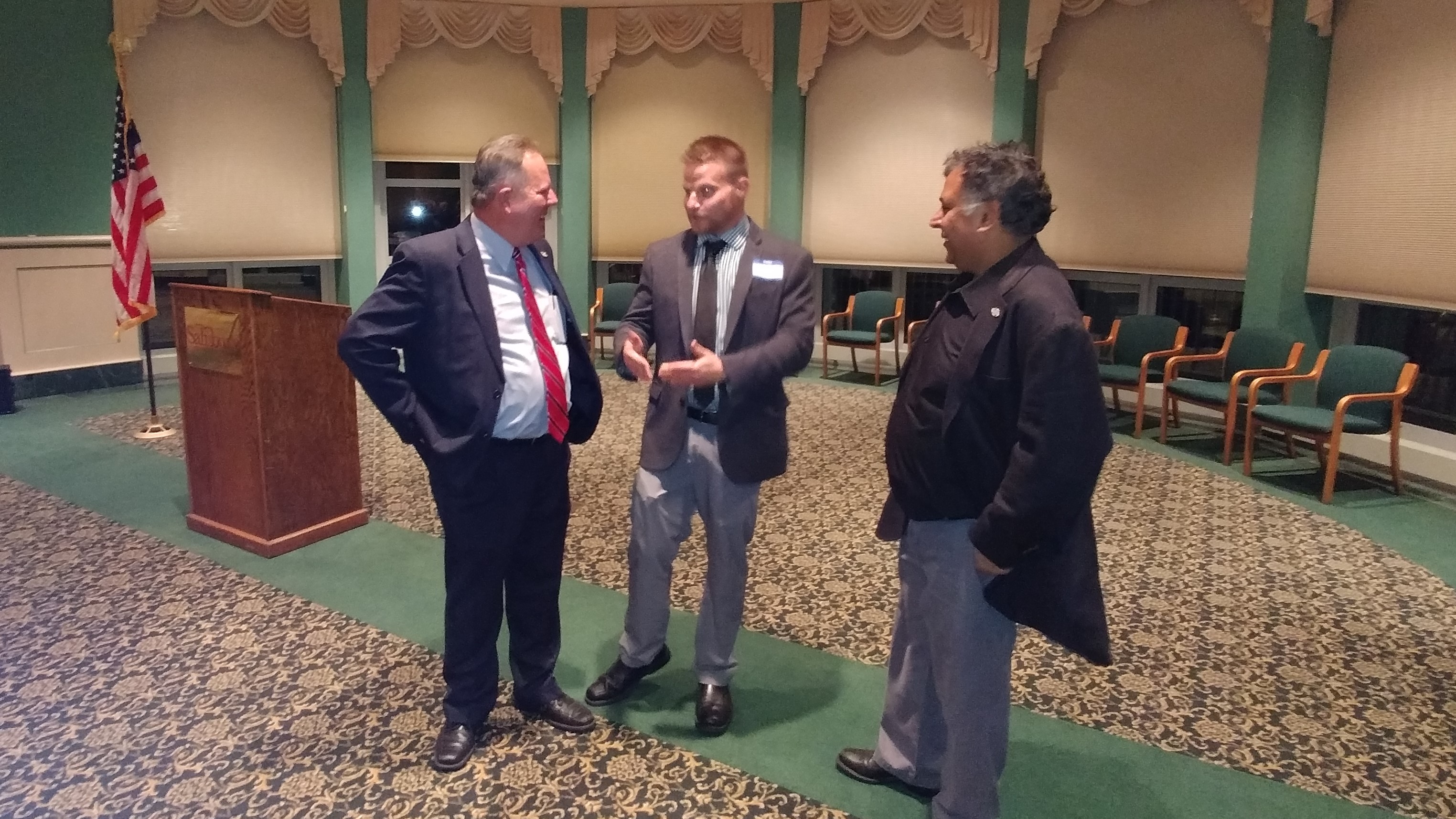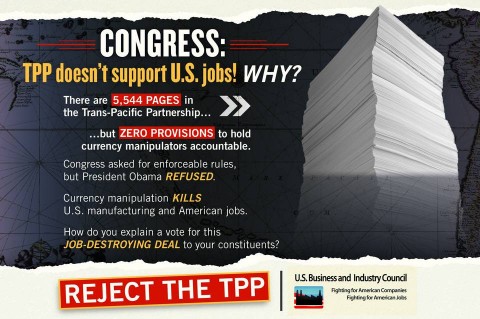This will be a little shorter than some, but I thought it was a good time to clear out the mailbox and give you some good reading.
All solar and wind is all wrong
Recently I got an e-mail from the Caesar Rodney Institute that told me:
Proposed legislation nationally and in some states would establish a requirement 100% of electricity be generated from “renewable” sources such as wind and solar power. This policy will lead to unacceptable electric price increases and blackouts.
“100% Wind and Solar. 100% WRONG.” Caesar Rodney Institute, October 8, 2021.
This goes in the category of “duh” for me, but apparently some states are thinking they can pull this off – and in principle, perhaps they can. But there is a big problem with the reality, to wit:
When we look at states from Virginia to Maine, with some of the most aggressive requirements for wind and solar power along with taxes on emissions from power plants, we see two disturbing trends. One is more reliance on imported power. The Virginia plan drops reliable power generation from 95% now to 45% in 2035, and imports from other states grow from 25% to 40%. The RGGI states have increased imports from 5% in 2008 to 17% in 2019. Electricity exporting states are also under pressure to reduce conventional power generation. Pennsylvania’s Governor Wolf would like to cut generation by 30% by 2030, which would end exports. Massachusetts is importing 57% of its power, Delaware 50%. It is likely there will be very little export power available, requiring each state to generate 100% in state.
Ibid.
The second part is the government-created market for so-called “renewable energy credits” (read: mechanism for wealth transfer.) I like looking at farm fields, not 600-foot tall wind turbines (that would make all of us sick from the low-frequency noise) or acres of solar panels that might power a few hundred homes at peak efficiency, not twenty years down the line.
If I store a tankful of natural gas or a lump of coal for a time, it works pretty much as well as it would have when I put it there, at a cheaper price point. Let’s ditch these phony market mandates, shall we?
A Made in America call
My friends at the Alliance for American Manufacturing alerted me to this irony: those who created the CCP virus and allowed it to come to our shores are benefitting from dumping cheap N95 masks on our shores while American companies suffer.
At least that’s how James Wyner, the CEO of the Shawmut Corporation tells it. “We worked hard to create an American-made product that wasn’t dependent on foreign governments like China. We labored around-the-clock to get things up-and-running in 120 days, and created hundreds of new jobs in the process. Our masks received rave reviews for comfort and protection. Now Made in China imports are back.”
Interestingly, the tariff suspension was put in place by the Trump administration in March 2020 to deal with the spot shortage of PPE, but no one from the Biden regime has reinstated it. Wonder why?
One can say Wyner is living up to his name because there was always this risk, but we can substitute a lot of things for N95 masks that we should be making – including the aforementioned solar panels that are often made in China.
And since I’m talking about AAM, it’s worth reminding readers one of their annual programs is the Made in U.S.A. Holiday Gift Guide and it’s time for suggestions. Now that Halloween is just about in the rear view mirror, it’s time to start the stampede to Christmas. (Thanksgiving? What’s that?)
WTF is he thinking?
So did you know that AT&T is “by far the largest single funder of One America News”? Me neither. Just looking at it as an observer, maybe it has something to do with DirecTV, which AT&T owned until recently. And when I checked into the story, I found out it was true.
Okay, this is a problem why? (And full disclosure here: we are DirecTV subscribers and my package includes OANN. Can’t recall the last time I watched it, though – maybe immediately post-election?)
Well, the reason I bring this up is because Rick Weiland – miserably failed political candidate and my semi-correspondent loony leftist from the otherwise sane bastion known as South Dakota – sent me an e-mail demanding AT&T cut ties with OANN. Get a load of this rubbish:
Listen, the bottom line is clear: AT&T has not only been helping to spread disinformation about everything from the 2020 election to public safety during the pandemic, it’s also been instrumental in the success of Donald Trump’s favorite cable news channel while it continues to whitewash what happened on Jan. 6th.
AT&T needs to take bold action and join the fight against deadly disinformation — by cutting all ties with OAN. And (sic) your name to demand action now!
Unless AT&T hears from us — it will continue to fund the network that has fueled an insurrection, dozens of voter suppression bills, and the proliferation of disinformation related to the COVID-19 pandemic.
“WTF is AT&T thinking?”, Rick Weiland, October 11, 2021.
Now I’m not crazy about DirecTV – it’s one of the few options I have for TV watching out here in God’s country – but when you consider the Reuters “investigation” comes down to a entrepreneur creating a product to address a market need, I shrug my shoulders on this one. I think Merrick Garland is doing far more to whitewash what happened on January 6th and Weiland isn’t asking us to kick him out of office.
And next week I expect an e-mail from Weiland condemning a recent attack on a federal building. Should I hold my breath for the call on people to drop their funding? Thought not.
If I want to watch the partisan media, my satellite brings me CNN, MSNBC, and so forth. Maybe we should do more to encourage a variety of viewpoints instead of shutting down those we don’t agree with. However, AT&T did hear from me recently: I sent in another month’s bill.
This one worries me a bit
I think this is more because I’m on a mailing list than being anything resembling a power blogger anymore, but I guess at least someone was thinking of me and it’s worth a few lines.
To avoid going all tl:dr on you, I’m just going to link to the Executive Summary of the 2022 Index of U.S. Military Strength from the Heritage Foundation. While I obviously have an interest in our nation remaining free and independent, I also have an interest in having several young men our stepdaughter knows from being classmates (in the same class as well as a few years ahead or behind) stay on this side of the grass as enlisted men. So judge this one for yourself.
Sunday evening reading
This is more for a particular author than for individual articles. And it all began with selling a book.
You may recall last year during the pandemic that I introduced people to a site called ammo.com. While they sell ammunition, I look at them now as a provider of a different kind of weaponry: potent arguments for limiting government and history you don’t find anywhere else. Where else can you find a retailer that sees deplatforming, righteousness, and the decline of civil society as topics worth discussing? (Being a former league bowler from a Rust Belt bowling town, the latter hit me where I live.)
It’s an alternate view of history and society complements of a writer named Sam Jacobs. If I were to bring back Ten Questions or do a podcast, he would be a subject because I’m curious how he got to a political point not all that far off of mine. They never told me how they liked Rise and Fall, but I do like hearing from their website each Friday.
Speaking of Friday, a programming note: I pushed it back a week because of website issues I was having, but the return of Weekend of Local Rock is now scheduled for the coming weekend. I may get a post in midweek if the mood strikes me (particularly with the offyear elections on Tuesday.) We will see.
But this should do for now, right? Mailbox is clean as a whistle.









